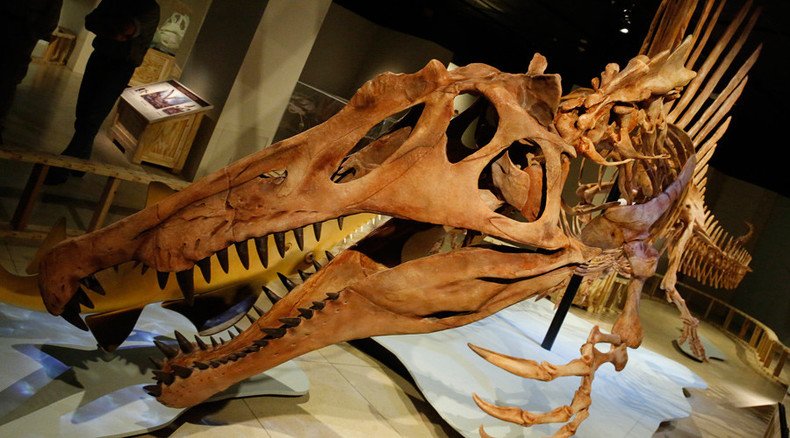Wiping out species may boost evolution – study

Mass extinction events that wiped numerous species from Earth, while destructive in the short run, may have had a long-term benefit of speeding up evolution, computer modeling suggests.
There were five major extinction events in Earth’s history, when a significant number of species ceased to exist. The best-known is the Cretaceous-Paleogene some 66 million years ago, when non-avian dinosaurs perished and made way for mammals to take over the planet. Evidence suggests that we are currently undergoing the sixth extinction event caused by mankind.
6th mass extinction already here as species disappear 100 times faster - study http://t.co/LkonznTwxRpic.twitter.com/GXTodUXSeU
— RT (@RT_com) June 21, 2015But while these episodes of radical changes in wildlife were catastrophic and destructive, they may also have had a side benefit of speeding up evolution, says a study by a team of computer scientists.
The researchers used computer simulation of evolution to see how extinction would affect evolution in survivors. They found that in the long run they demonstrated higher evolvability – that is the ability to generate novel phenotypes and adapt to different environmental niches.
"Focused destruction can lead to surprising outcomes," said Risto Miikkulainen, a professor at the University of Texas at Austin. "Sometimes you have to develop something that seems objectively worse in order to develop the tools you need to get better."
The reason why mass disappearance of species is hypothesized to allow surviving lineages to evolve more rapidly is that extinction events free up many niches. The lineages that manage to evolve faster get to occupy more of those, and become more successful than their slower competitors.
Miikkulainen and his co-author and former student, Joel Lehman from the IT University of Copenhagen, Denmark, claim that this is true, at least for artificial evolution. They tested the theory using two models, one abstract and another concrete and involving evolutionary robotics (ER). It’s a field of research that uses computer simulations to apply evolution mechanism to optimization tasks like training neural networks.
READ MORE: Humans won’t survive next mass extinction – scientists
In both models triggering extinction events, either regular or random, leads to greater evolvability among the surviving lineages. The successful application of the method to ER tasks meant the findings would have practical consequences, researchers say.
Interestingly, in the models used by Miikkulainen and Lehman, the extinction events were abiotic, not relying on interaction between different lineages. Their effect on evolution provides evidence for the ongoing debate between the Red Queen and Court Jester hypotheses.
The so-called Red Queen hypothesis derives its name from Lewis Carroll’s “Through the Looking Glass” character of the same name, who has to run just to stay to stay still. This theory says that the survival of a species requires constant evolutionary change to deal with ever-evolving rival species. The competing Court Jester hypothesis says random abiotic environmental variations, rather than biotic pressure, is a dominant factor in evolution.












